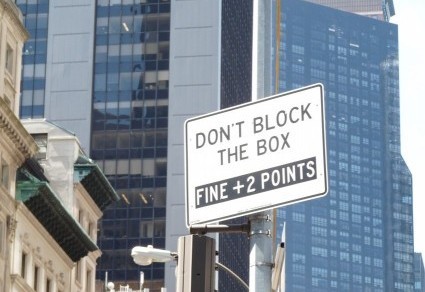I couldn’t resist inserting a hyphen where it doesn’t belong, “hyphen” being, well, un-hyphenated in proper English. I hope the title balances the scales a bit, because so often hyphens are omitted where they’re sorely needed. In this sign, for instance:

Okay, I admit I’m taking this one personally. My name is Woods, and I do have a kitchen. I also have a “specialty” (grammar), but except when I’m trying to follow a poorly written recipe, my “specialty” and “cooking” don’t intersect. Hence the need for a hyphen. If I’m “Specialty-Cooking Woods,” I’m frying a predicate nominative or baking an adjective with, perhaps, an adverbial sauce. If the hyphen slides to the right, this company delivers “Specialty Cooking-Woods.” I prefer to think of those products as cedar, oak, or something similar, though if the owners pay me enough, I’ll make dinner. My specialty is “Clean-Out-the-Refrigerator Soup.”
Before I leave this sign, I should address “Gourmet Hardwood Charcoal.” A “gourmet,” the dictionary tells me, is “a connoisseur of delicacies.” Thus this sign evokes foodies chowing down on “hardwood charcoal.” This is not a hyphen problem. It’s a dental, or perhaps a “Don’t you have anything better to do?” problem. Next up, employment:

Leaving aside the “team” issue (though customers are often treated as the competition), I’m choosing to focus on “Part Sales Mate.” Huh? If the position is “part-sales,” what’s the other part? Or is the job selling a “part”? And what’s with the “mate”? Are the owners seeking a “part-mate”? Part-mate, part-something else? I’m leaving this one in the “life’s too short to worry about stuff like this” bin.
Last, for today at least, as hyphen-problems reappear as often as villains in superhero films:

Two townhouses? Two compounds, each with two buildings? And in a “double garden,” do the veggies and flowers appears in pairs?
That’s it for today. I off in search of a garden, single or double, with or without gourmet woods.














 I support the plea, the lavatory version of the Golden Rule, but not the pronoun. As the sentence is worded, “it” has to refer to “stalls and sinks.” Those items are clearly plural, and “it” is singular.
I support the plea, the lavatory version of the Golden Rule, but not the pronoun. As the sentence is worded, “it” has to refer to “stalls and sinks.” Those items are clearly plural, and “it” is singular.













